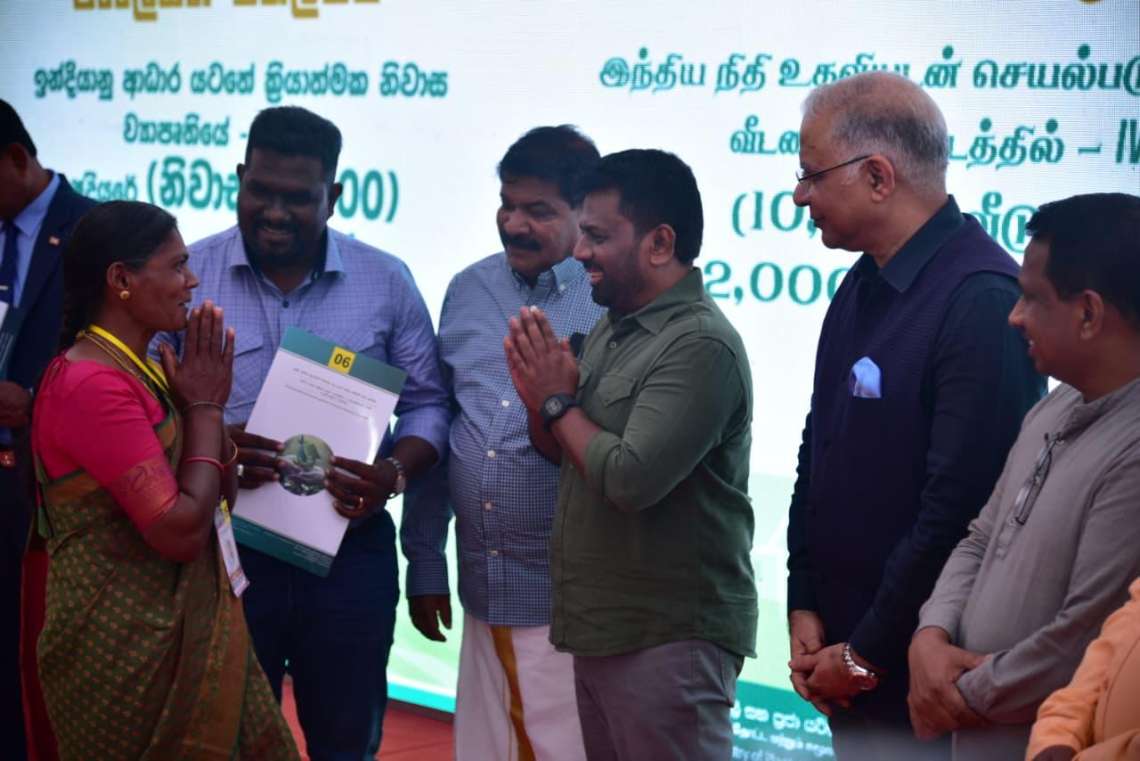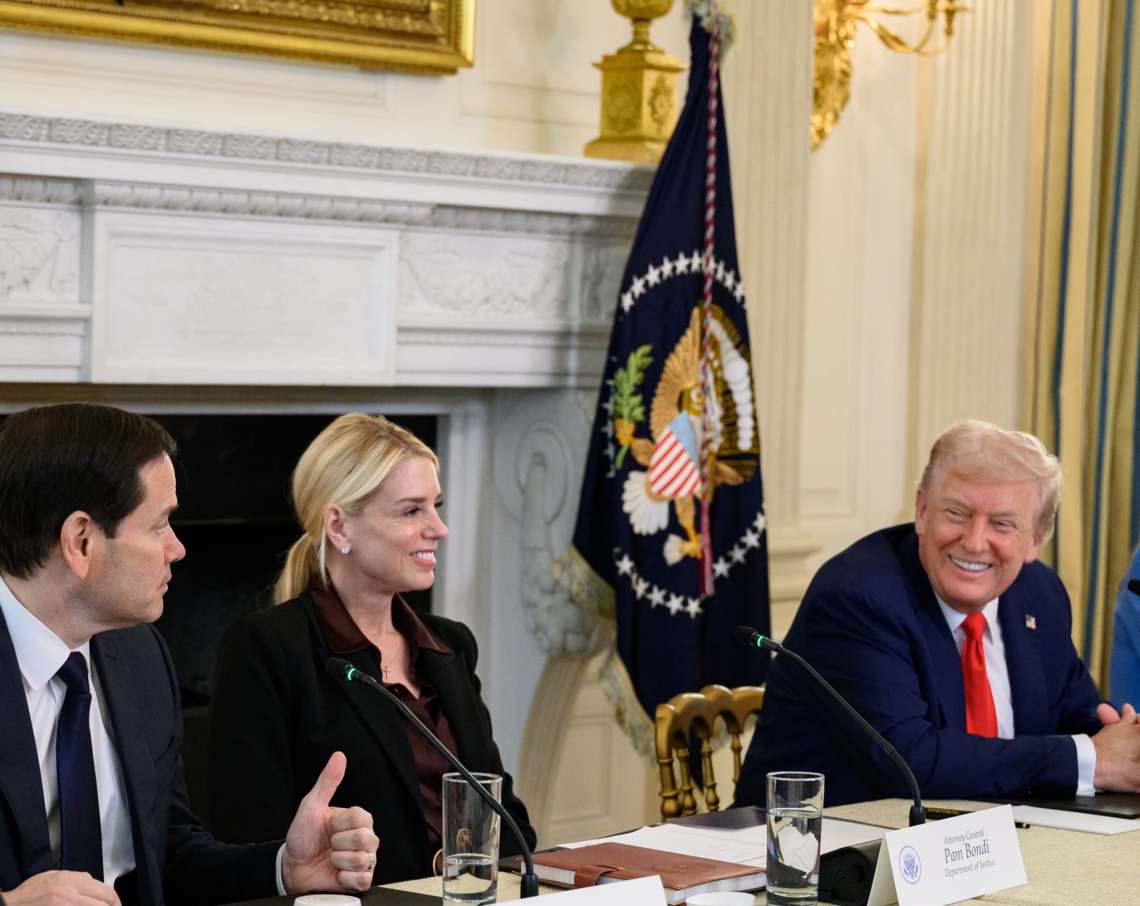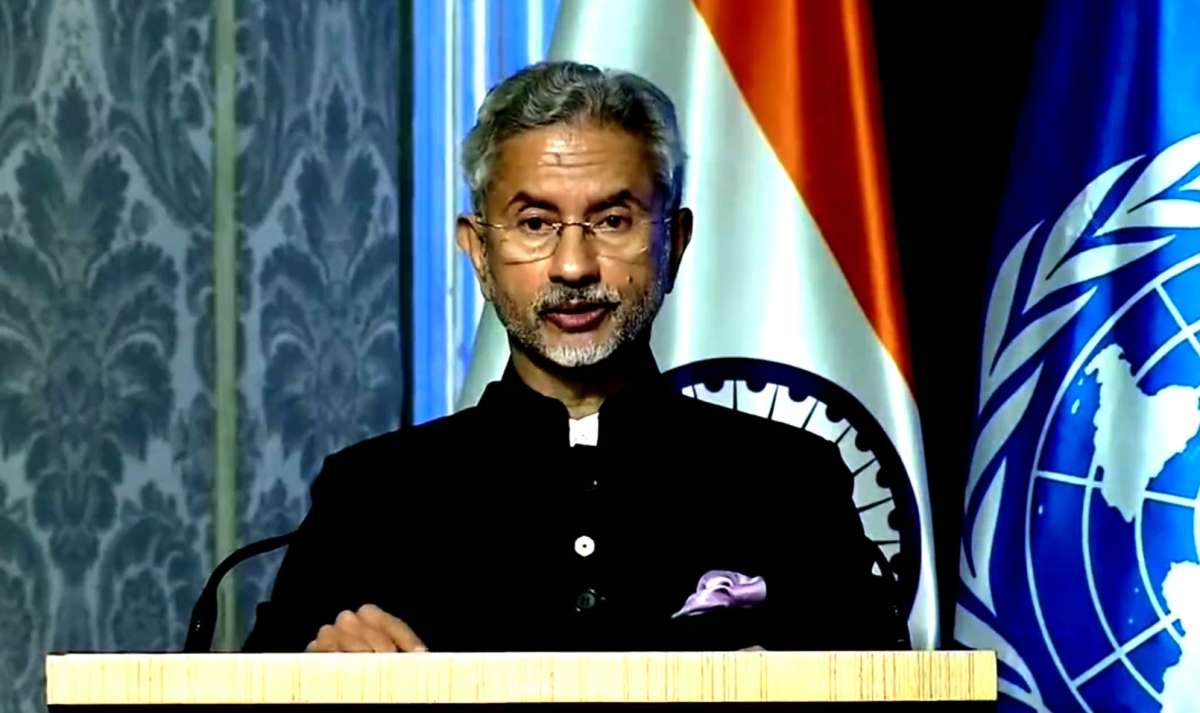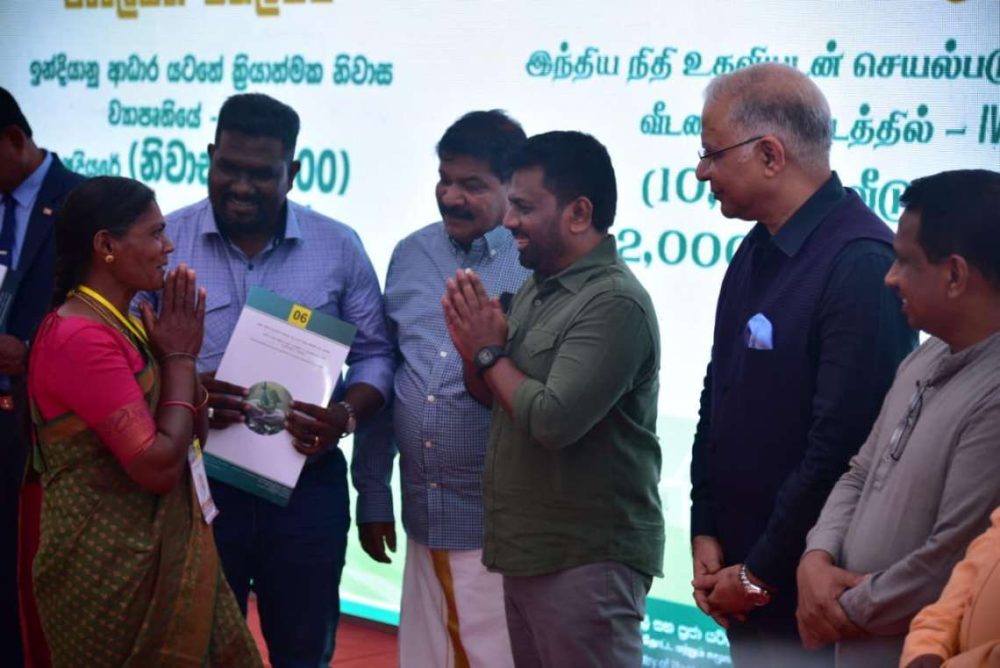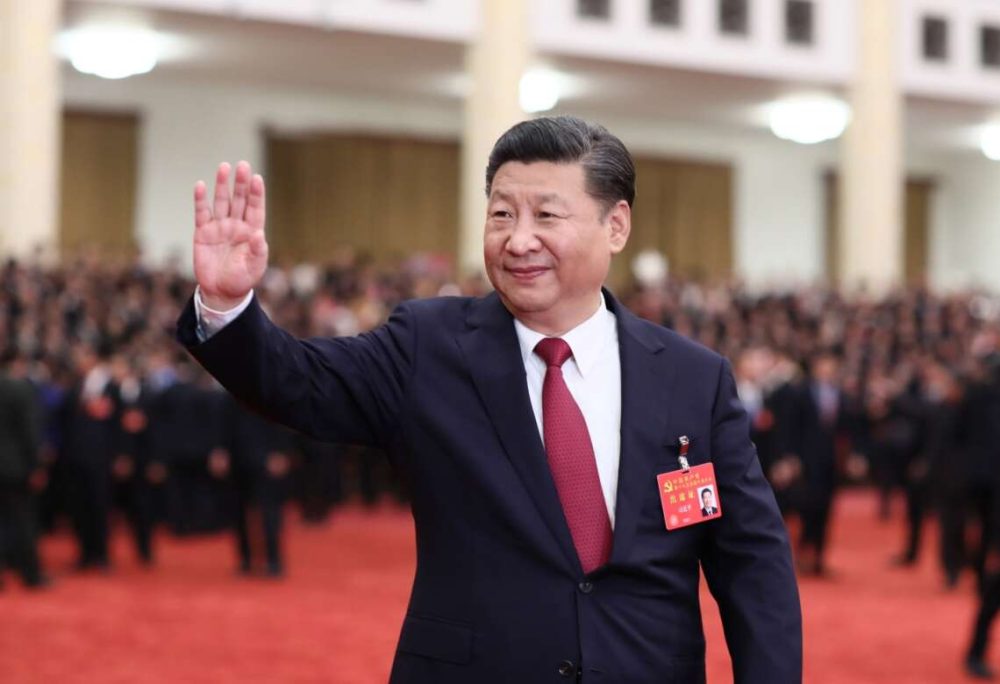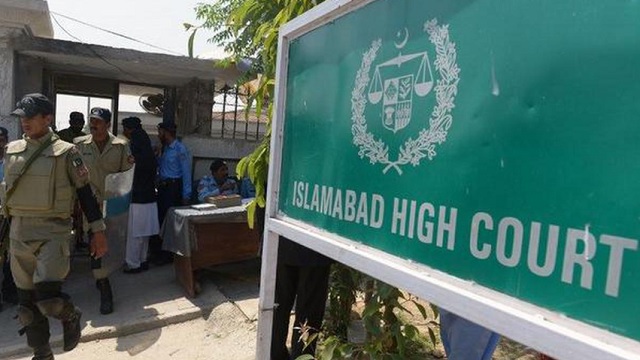Oman’s import duties currently range from 0 to 100%, with specific duties of 100% applicable to certain meats, wines, and tobacco products…reports Asian Lite News
A comprehensive free trade agreement between India and Oman could significantly boost over 83.5% of Indian goods valued at USD 3.7 billion, according to a report released by the Global Trade Reproach Initiative (GTRI), titled “India-OMAN CEPA: Gateway to Middle Eastern Markets and Beyond.”
These goods, including gasoline, iron and steel, electronics, machinery, aluminum oxide, textiles, plastics, and more, currently face a 5% import duty in Oman, according to PTI news report.
India and Oman are currently in negotiations for a comprehensive economic partnership agreement (CEPA), intending to reduce or eliminate customs duties on a wide range of goods agreed upon by both nations. The report suggests that a successful trade agreement would lead to the elimination of duties on major export items such as motor gasoline, iron and steel products, electronics, machinery, aluminum oxide, textiles, and more.
However, approximately 16.5% of Indian exports to Oman, valued at USD 800 million, which already have duty-free access, will not experience additional benefits from the agreement. These items include wheat, basmati rice, fruits, vegetables, medicines, fish, tea, and coffee.
GTRI Co-Founder Ajay Srivastava emphasized that while duty elimination would benefit most Indian exports, achieving significant growth in Oman, a small, middle-income economy, would also depend on improving product quality. Srivastava expressed optimism that India could substantially increase exports post the free trade agreement, given that over 80% of Indian goods currently enter Oman with an average 5% import duty.
Oman’s import duties currently range from 0 to 100%, with specific duties of 100% applicable to certain meats, wines, and tobacco products. India’s merchandise imports from Oman were USD 7.9 billion in the fiscal year 2022-23, with petroleum products and urea accounting for 73% of the imports.
The report also highlighted the potential benefits of the free trade agreement for India’s services sector. In 2022, India’s service exports to Oman were valued at approximately USD 2.8 billion, while imports were USD 0.2 billion. The report suggested that India could seek increased market access for business services and computer information services in Oman, possibly negotiating for priority visas for Indian professionals on short-term assignments.
Additionally, the report mentioned that India might request Oman’s track approval for Indian pharmaceutical products already registered with regulatory authorities such as the US Food and Drug Administration (USFDA), UK drug regulator MHRA, and the European Medicines Agency, aligning with a similar proposal in India’s free trade agreement with the UAE.
Overall, the report highlighted the potential for India to diversify and strengthen its economic ties with Oman through the proposed free trade agreement, benefiting both nations in terms of trade, services, and economic collaboration.
ALSO READ-ICG Sajag Docks In Oman As Part Of West Asia Deployment




